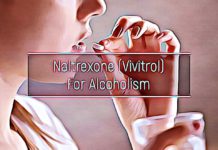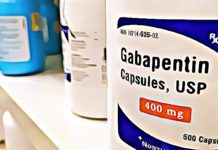disclosing information about illegal drug use would result in incarceration. Homelessness was another structural barrier to receiving addiction treatment, researchers stated.
Race also played a role in accessing treatment, researchers found. Only 27.1 percent of the non-white participants had successfully enrolled in treatment without barriers compared to nearly 55 percent who never attempted to get treatment. Non-white participants had more than three times the risk of never attempting to enter treatment than white participants, researchers found.
The results of the study bring to light “disparities in access and to utilization” of addiction treatment services, researchers stated. To increase access and break down barriers, perceived or real, researchers suggested that programs target young adults who are not actively seeking treatment and those who have unsuccessfully sought treatment. They also proposed removing age restrictions and improving transitions across services including peer groups, integrated treatment, and housing specific to youth populations.
















